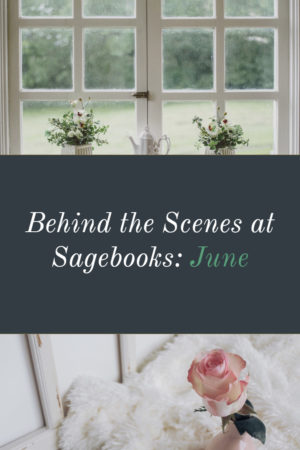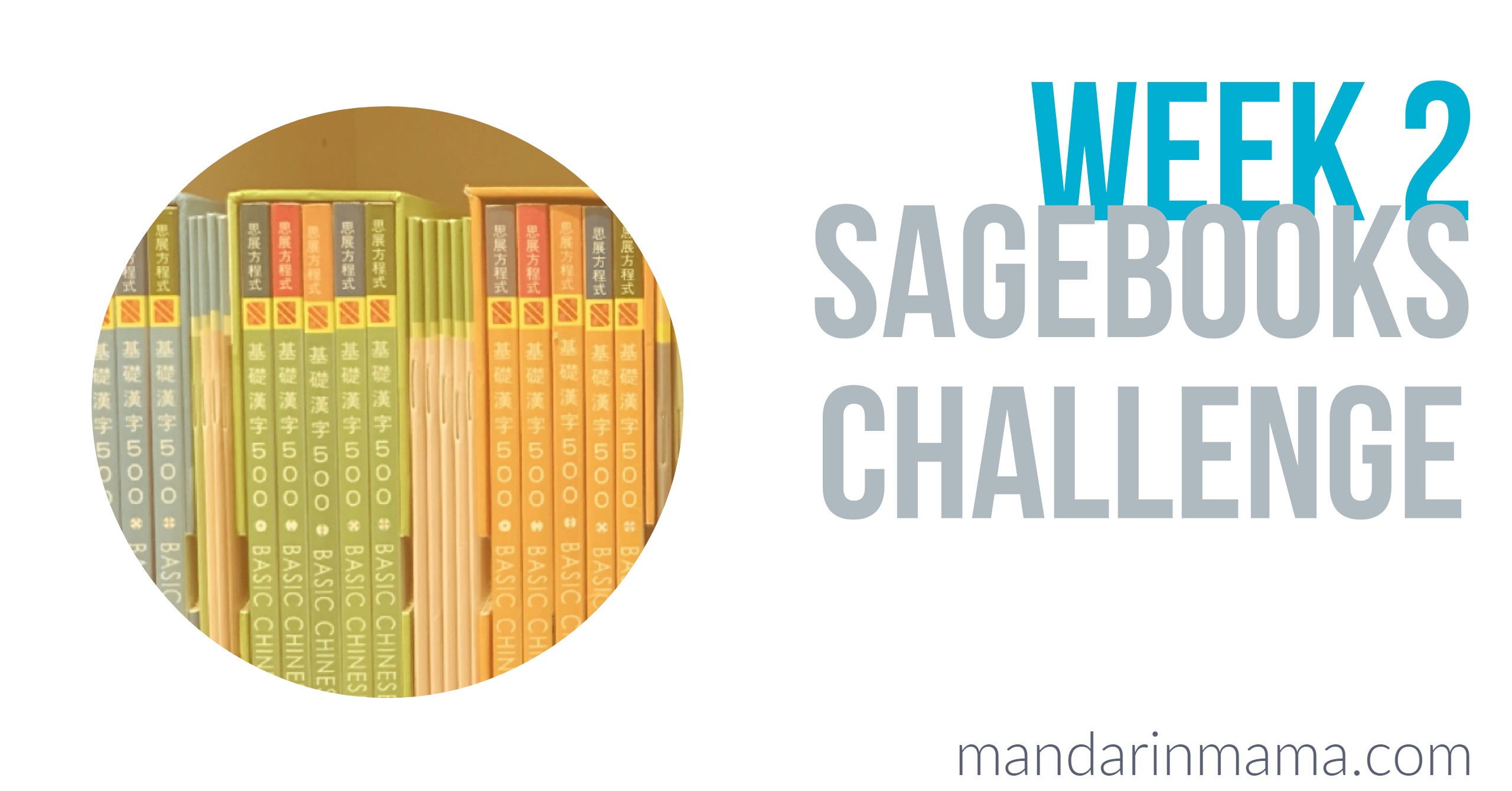 This post was sponsored by Sagebooks. All opinions are mine and mine alone.
This post was sponsored by Sagebooks. All opinions are mine and mine alone.
By now, I’m sure you all know that I am a Sagebooks Super Fan. I mean, yes. I am a Sagebooks Partner, but I was a super fan first. (That’s why I was so ecstatic to work with them on a professional basis!)
So, you can imagine my fangirling self when I got the chance to ask Lucia Lau, the creator and author of Sagebooks, a few questions about the series. Also, I was dying to know why so many of the kids in the illustrations have no hair. I can’t be the only one!
Anyhow, without further ado, Lau answers some of my burning questions.
1) Did you try the stories out on your kids first? (I suppose they might have been too big.) Or other kids?
As a language enthusiast (I did my Masters in linguistics), I believe in the importance of early reading, as it’s an important and efficient way to acquire knowledge. When I first set out to teach my children to read, there was a lot of material for learning to read in English but unfortunately nothing in Chinese was catered to children under 6. So I had to create my own material.
When my eldest child started we were living in HK (Chinese environment) and when my younger one started we were living in Oxford (UK). Meanwhile, I also shared the content with my other friends who migrated to Canada and the US. The children all progressed very well with the material.
I felt bothered by the lack of good Chinese-learning material, which meant that Chinese children were deprived from the beginning of their lives. Seeing how well my material worked in various language environments (provided at least one parent spoke Chinese), I felt compelled to make them available for other families.
Later on, they were adapted to become Basic Chinese 500 as you know it now. In my initial homemade version, each lesson was a single book. My children were REALLY proud of themselves for being able to accomplish book after book.
2) How did you come up with the storylines?
For Basic Chinese 500, the main objective is to teach the words. I must make sure the taught words are repeated in each lesson while introducing new words. I created a list of criteria to be met when I wrote the stories. For example, they must be relatable and fun for the children. They should also be just slightly beyond where the children are at in terms of age, abilities, thoughts, social circle… so it would stimulate their interest.
Based on the list of 500 words to be taught, I mapped out the important elements of the Basic Chinese children’s world: people, animals, activities, so on. I created most of the stories by gradually introducing those elements following a child’s mental growth, while keeping in line with the importance of each word (i.e. how frequently the word is used). There were also times when a recent event sparked an inspiration.
3) Was it difficult during the first two sets because there were only 40 characters to work with?
It did ask for some creativity, but at the same time, not having too many choices also made the job easier. When children start out with the first two books, they are very young and their world is relatively simple. The stories should be kept relatively simple to not overwhelm the children. That also made creating the lessons a bit easier.
4) How did you find an illustrator and come up with the look for the kids? Why are they all so bald? (My children are very curious about this.)
We looked for illustrators in mainland China and also in Hong Kong. It was by a stroke of luck that we met the illustrators (brother and sister) who were also teaching in primary schools in Hong Kong. In creating the characters, we wanted something lively, fun, East Asian, yet not Japanese “manga” style. We tried out various styles, including a Martian style (haha).
We also decided that we wanted to keep things simple so a lot of details were left out – including feet and hair! Also, many Chinese children tend to have finer hair compared to Europeans/Americans. By not having so much hair, it surely saved us a lot of drawing time too. One little secret – 小明/Xiao Ming looks very much like the illustrator himself – especially his eyes and hair – HAHAHA!!
Thank you so much, Lucia! I love learning fun tidbits as well as the reasoning and thought behind products I love. (Well, any products, really. But it resonates more when it’s something I’ve used and found effective.)
I guess what I appreciate the most is the methodology behind Sagebooks and the thoughtfulness in choosing the top 500 most commonly used characters in CHILDREN’S books, considering children’s mental development and interests, as well as having sufficiently interesting stories and illustrations. When I think of all that was involved, I am even MORE of a fangirl now.
Let me know if you liked the Behind the Scenes glimpse. I fully admit to geeky behavior so I totally understand if it’s not everyone’s cup of tea. Have a great week!







